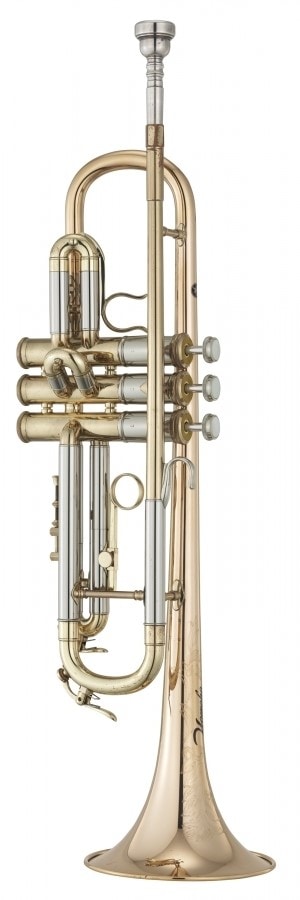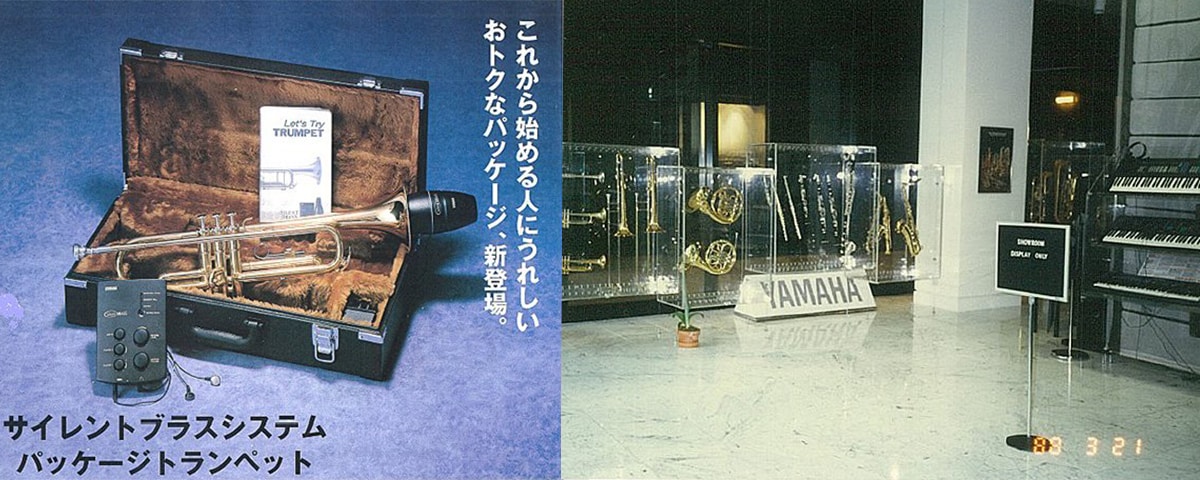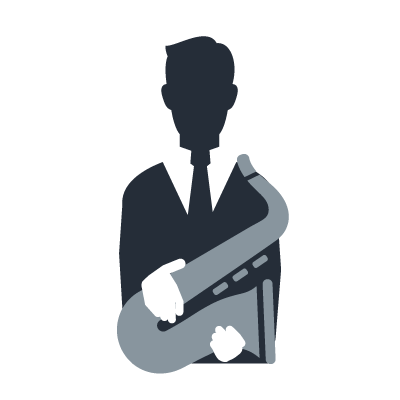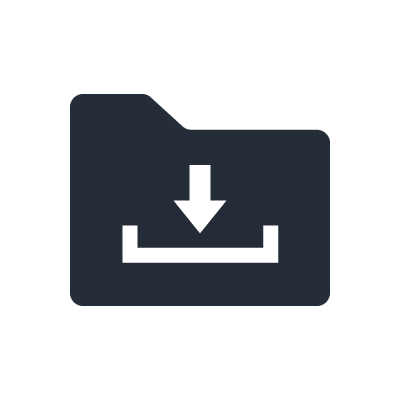USED BRASS & WOODWIND
A buyer’s guide
Should I buy a used instrument?
Our Product and Repair team often get asked about buying used instruments. While purchasing a used Yamaha instrument has advantages over other used instruments (instrument longevity, availability of parts, good value retention, etc.) it is truly impossible to know the history of an instrument. Instruments don’t have a service manual, like a car, and there is a lot of necessary, regular maintenance the user should undertake while the instrument is in their care.
How much will I save buying used as opposed to new?
All it takes is for an instrument to be put away, under the bed or in the garage, without being
cleaned to compromise
the efficiency to the player. The bacterial growth from poor maintenance and long term germination
results in poor pad
condition, red rot, degeneration of lubricants, and sometimes a musty, germ-filled case.
So, while the savings might initially look appealing, adding on service costs (and it should be
serviced on transfer
form player to player, simply for hygiene purposes) plus additional maintenance equipment
(lubricants, swabs, etc.) and
the savings can often be negated.
EXAMPLES:
|
Item |
Cost |
|
Used trumpet (t-100) |
$300-350 |
|
Service (with parts) |
$130-250 |
|
Maintenance kit |
$50 |
|
TOTAL |
$480-650 (Saving 25-45% off RRP) |
|
NEW YTR-2330 (3 year warranty) |
$869.99 RRP |
|
Item |
Cost |
|
Used Alto saxophone (yas-100) |
$900-1200 |
|
Service (with parts) |
$180-350 |
|
Maintenance kit |
$55 |
|
TOTAL |
$1235-1605 (Saving 6-27% off RRP) |
|
NEW YAS-26 (3 year warranty) |
$1699 RRP |
We recommend that you purchase your instrument with the guidance of a Yamaha Authorised Service
Centre. Just because an
instrument looks good on the outside, doesn’t mean it is in satisfactory condition on the inside.
With the security of a
three-year warranty, having a new mouthpiece (plastic and rubber mouthpieces are especially porous,
so this is worth
considering when purchasing used), and the assurance of Yamaha’s quality control means your new
instrument will work
well for many years to come.
As with cars, instruments need servicing too. While we’re using the car analogy, old cars can often
be costly to
service, as to do old instruments. Parts (pads, corks, springs, felts, etc.) will be closer to the
end of their usable
life, meaning within the first years (or months) of owning a used instrument, you may need to
replace consumables which
would not need to be replaced for many years on a new instrument.
There’s also a point where an instrument can be beyond economical repair (where the cost of the
instrument plus the cost
of repair is more than the price of replacing the instrument). It’s unfortunate when consumers are
led to believe they
are getting a bargain because an instrument looks cosmetically good on the internet, only to find
out that it will never
work well without spending more than the instrument’s value in repair costs.

On the left is the very first production model Yamaha trumpet; the YTR-1. On the right is Yamaha’s latest flagship trumpet; the YTR-9335CHS Mark 5.
Can I just fix it myself?
The truth is, probably not. Any repairer will tell you that they have spent years constantly assessing and reassessing the methods of fixing instruments. I’m yet to meet a single repairer whose first repair was flawless, but I sure know a lot of them that have a ‘practice’ horn or two laying around. I’ve known of many ‘functional repairs’ done by ‘nifty parents’ which have ultimately left the instrument in an unsaleable condition. Basically, even though you may have just saved $200 on a repair by DIY-ing and it worked (!), the cosmetic condition becomes irreconcilable and you’ve lost any chance of recovering resale value once you decide to upgrade or on-sell the instrument.
How do I tell if an instrument is a genuine Yamaha?
Yamaha, like many other prominent manufacturers, has been the victim of counterfeit instruments. Yamaha Music Australia are lucky to have a good record of serial numbers, manufacturing dates, and a highly-educated network of experienced dealers and repairers who are good at identifying fakes. You, as a consumer, also have access to our Customer Support Team via inquiry form, phone (1300 739 411), and even social media.
Where should I buy a used Yamaha?
As a rule, buying online from an individual or dealer outside of the Yamaha Dealer Network is the riskiest in terms of getting a counterfeit product or an instrument that is beyond economical repair. Check here to find your nearest Authorised Dealer.
Aren’t the old ones better?
A common myth is that instrument manufacturers are trying to cut corners during the manufacturing process. Yamaha are constantly redeveloping their instruments in every category to suit the individual and evolving demands of the end-user. Whether it is a student oboe, or a professional tuba, Yamaha strive to make our products better and better through strong research and development.
Does where an instrument is made make a difference?
Yamaha have three factories across the world where their brass and woodwind instruments are made.
Yamaha Japan, based in
Hamamatsu, is responsible for the manufacture of professional and custom instruments (5, 6, 7, and 8
instruments) plus a
few additional instruments (wooden clarinets, 4 series trombones, to name a few).
Our factory in China assembles most student brass instruments and our factory in Indonesia assembles
most student
woodwind. As part of our commitment to transparency, we will always stamp where the instrument is
assembled even when
the main components (such as the body) are made in Japan.
Our warranty covers any manufacturing faults, irrespective of where the instrument is made, and our
designs,
manufacturing techniques, and quality of materials are the same across all three factories.





